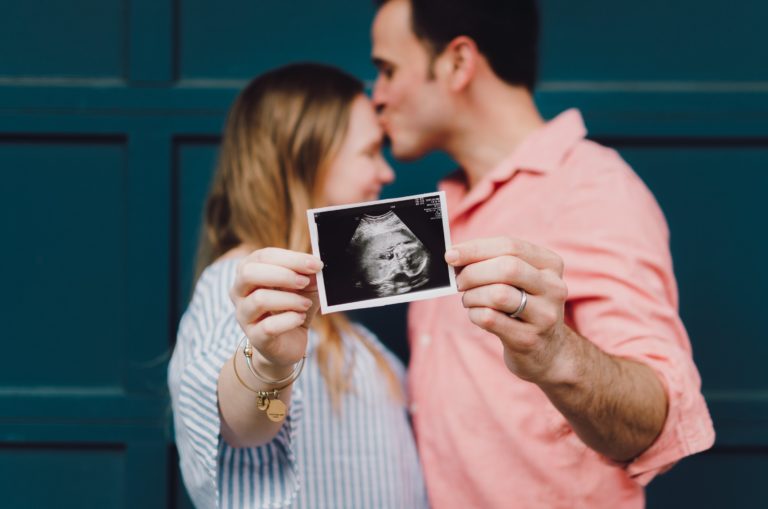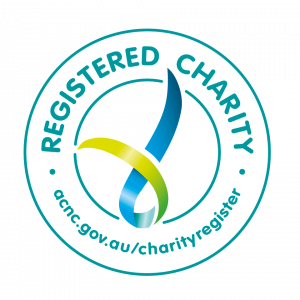
Looking down into our baby’s eyes in their first few weeks of life, we might dream of their life ahead… ‘Who will they become?’… ‘Will they be successful?’…’Will they want children?’…As parents, we all want our children to be happy, safe, and to thrive, and many of us wonder about how to support their future in the best possible way…
‘A balanced gut’ might not be the first method of supporting our children’s future that springs to mind, but, with the evidence constantly growing for the significant impact that the gut microbiome has on so many aspects of our health, maybe it’s time to give it the attention it deserves!
An Imbalanced Gut
The technical term for an ‘imbalance’ in the gut microbiome is ‘dysbiosis’ (1). This imbalance can be the result of a loss of diversity in the gut, an overabundance of the less beneficial, or pathogenic, bacteria, or a loss of the more beneficial gut bugs (1). The opposite state, when the balance between beneficial and less beneficial gut bugs is ideal, is known as gut homeostasis, and it is in this state that the gut bugs can do their best work (1).
The Impact of Dysbiosis
Dysbiosis is not only about the classic gut symptoms such as diarrhoea, constipation, or bloating (as in irritable bowel syndrome). An out-of-whack gut has also been linked with numerous diseases, including celiac disease, inflammatory bowel disease, allergies, asthma, and even obesity (1). This dysbiosis can happen at any time in life, but the research suggests that if it occurs in early life, it is more closely linked with the onset of these diseases (1). These early years are a time when the gut microbiome is most susceptible to change (1). Whilst this increased malleability possibly explains the increased risk of dysbiosis in early life, it also offers a window of opportunity to have a significant influence on the early development and composition of the baby’s gut microbiome (1).
Lowering the Risk of Dysbiosis
IMPORTANT NOTE: Each of these points represent just one aspect of the many many influences on your baby’s gut and are in no way meant to provoke anxiety or shame in parents. This is also not meant to represent a checklist of ‘how to create the perfect gut’, a complex, multifaceted, and most likely impossible mission, but rather, empower parents with the evidence to make informed choices, where possible.
A vaginal birth if possible – The way in which your baby enters the world is one of the strongest determinants for the composition and development of bub’s gut during the first 4-6 months of their lives (1). Babies born via c-section may have a delayed start to breastfeeding, stalled contact with mum, and also tend to develop a microbiome representative of the hospital environment (as opposed to their own mum’s) (1). C-sections have been shown to negatively impact the baby’s microbiome, with these babies typically having less diverse guts, which may then lead to dysbiosis and impaired immune system development (1).
Antibiotics, only if necessary – Obviously, antibiotics are wonderful and potentially life-saving drugs and should be taken as, and when, advised. There is evidence, however, that antibiotic exposure before, during, or after birth, via mum or direct to bub, may cause gut dysbiosis (1). Early antibiotic exposure has been shown to reduce the good guys in the gut, such as Bifidobacteria, and increase the levels of some of the less desirable gut bugs (1).
Breastfeed, if you can – Breastmilk contains an abundance of the ‘good stuff’ that helps to develop a healthy immune system and gut microbiome (1). Interestingly, breastfed babies have a less diverse gut microbiome than formula-fed babies, but they tend to have a greater presence of beneficial bacteria, like Bifidobacteria (1).
Siblings and Pets! – Bet you didn’t think about your future child’s gut when you were bringing home that cute puppy, but next time you see your dog licking your child, be grateful for the extra dose of microbes your dog is so thoughtfully sharing! Living with pets, or having siblings, have both been shown to help to promote diversity in the gut and lower the chance of dysbiosis (1).
References
Keywords: Disease, Bifidobacteria, Allergy, Breastfeeding
References


This website and the information it contains is not intended as a substitute for professional consultation with a qualified practitioner.
© MothersBabies Ltd. View our Terms of Use & Privacy Policy
Search MothersBabies
Looking for something in particular? Find it here using our search query function. Simply type in your keyword and click the icon.
Recent Articles






Join Us